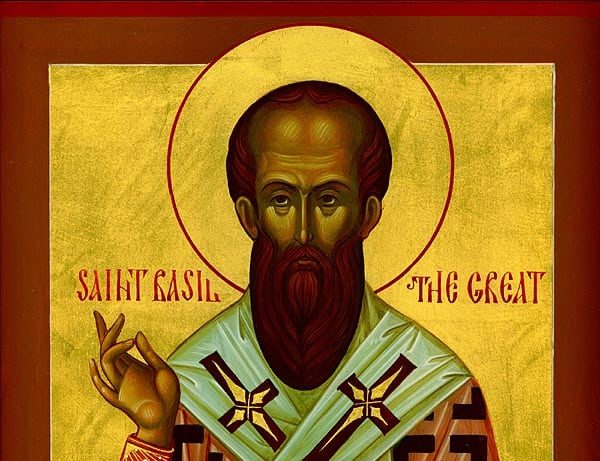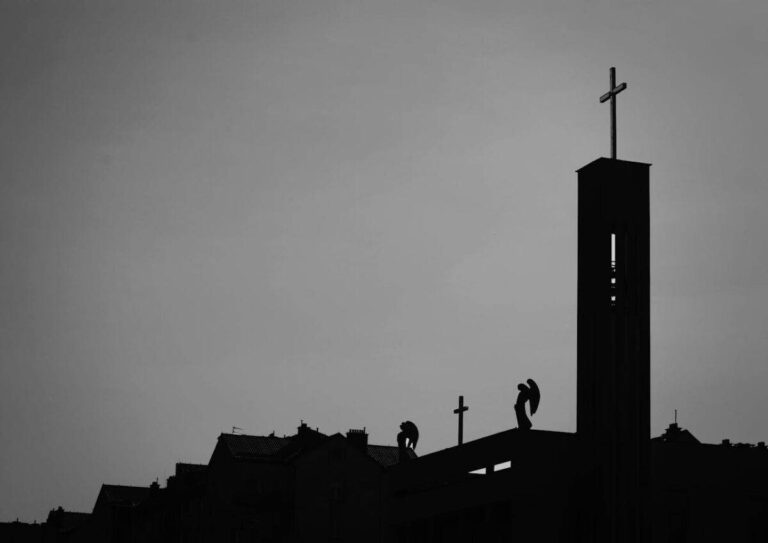Saint Cyril of Jerusalem 4C.
Saint Cyril of Jerusalem was born in approximately 313, and he died in 386. He was a theologian of the Early Church. About the end of AD 350, he succeeded Maximus as Bishop of Jerusalem, but was exiled many times because of the enmity of Acacius of Caesarea, and the policies of various emperors. Saint Cyril of Jerusalem left many writings documenting the instruction of catechumens and the order of the Liturgy. That is how we know him, and his writings on the order of the Mass are important because he lived so long ago that we do what he wrote millions of times a year. Have you ever heard of Saint Cyril of Jerusalem?

Saint Cyril of Jerusalem Biography
Saint Cyril of Jerusalem was born in approximately 313 near Jerusalem. Though we know little about his early life, we do know he was well-read in both philosophy and the writings of early church theologians. Saint Cyril of Jerusalem was ordained a deacon by Bishop Macarius of Jerusalem in 335 and a priest some eight years later by Bishop Maximus. Around the end of 350 AD, he succeeded Maximus as the Bishop of Jerusalem. In the Catecheses written by Cyril, he refers to himself as “bishop.”
Relations between Metropolitan Acacius of Caesarea and Saint Cyril of Jerusalem became strained when Cyril was the Bishop. This was a major theme of his life. Metropolitan Acacius was a leading Arian according to orthodox historians, and his opposition to Cyril in the 350s is attributed by these writers to this difference. It was a major diving line in the church.
The problems with Metropolitan Acecius led to repeated exiles for Saint Cyril of Jerusalem. A church council held under Acacius’s influence in 357 AD deposed Cyril in his absence, and Cyril took refuge with Silvanus, Bishop of Tarsus. The following year, 359 AD, the tables turned as the Council of Seleucia reinstated Cyril and deposed Acacius. In 360 AD, this was reversed by Emperor Constantius again, and Cyril suffered another year’s exile from Jerusalem until the Emperor Julian’s accession allowed him to return in 361.
Cyril was once again banished from Jerusalem by the Arian Emperor Valens in 367, but was able to return after Valens’s death in 378 AD, after which he remained undisturbed until he died in 386. Despite this on-again off-again exile, Saint Cyril of Jerusalem had time for theology. A key term for him was homoousios, which means Jesus is the same being as God. This is accepted now, but was a major debate at the time.
Saint Cyril of Jerusalem’s writings are filled with the loving and forgiving nature of God, which was uncommon during his time period, and may have been borne of his multiple exiles. He fills his writings with great lines of the healing power of forgiveness and the Holy Spirit, like “The Spirit comes gently and makes himself known by his fragrance. He is not felt as a burden for God is light, very light. Rays of light and knowledge stream before him as the Spirit approaches. The Spirit comes with the tenderness of a true friend to save, to heal, to teach, to counsel, to strengthen, and to console.”
Saint Cyril of Jerusalem’s famous twenty-three lectures given to catechumens in Jerusalem, being prepared for, and after, baptism, are best considered in two parts: the first eighteen lectures are commonly known as the Catechetical Lectures, Catechetical Orations, or Catechetical Homilies, while the final five are often called the Mystagogic Catecheses.
Conclusion
There has been controversy over the date and authorship of the Mystagogic Catecheses, which addressed the newly baptized, in preparation for the reception of Holy Communion, with some scholars having attributed them to Cyril’s successor as Bishop of Jerusalem, John. Many scholars would currently view the Mystagogic Catecheses as being written by Cyril, but in the 370s or 380s, rather than at the same time as the Catechetical Lectures. It is important to note that he defined the central tenets of the Catholic faith.






